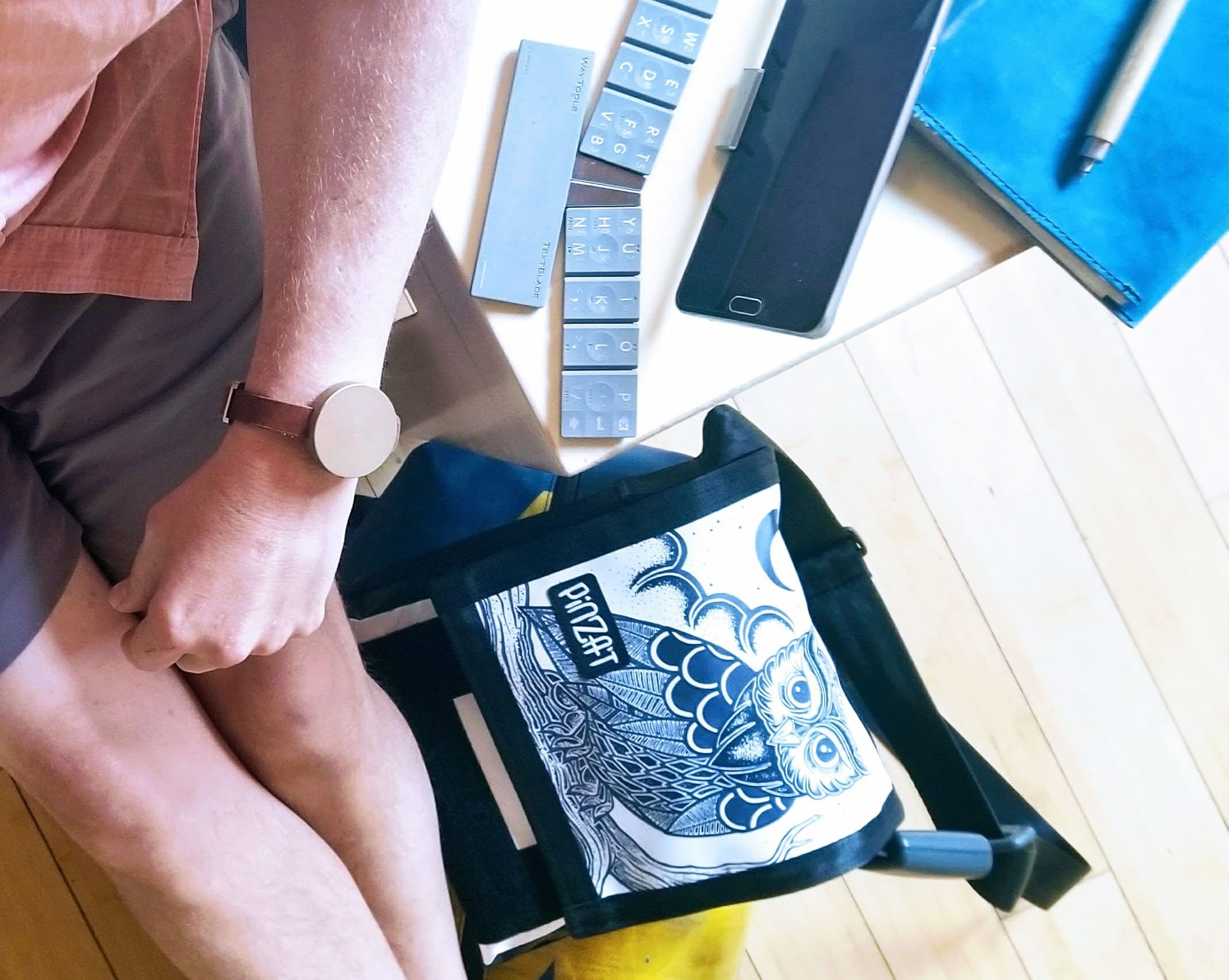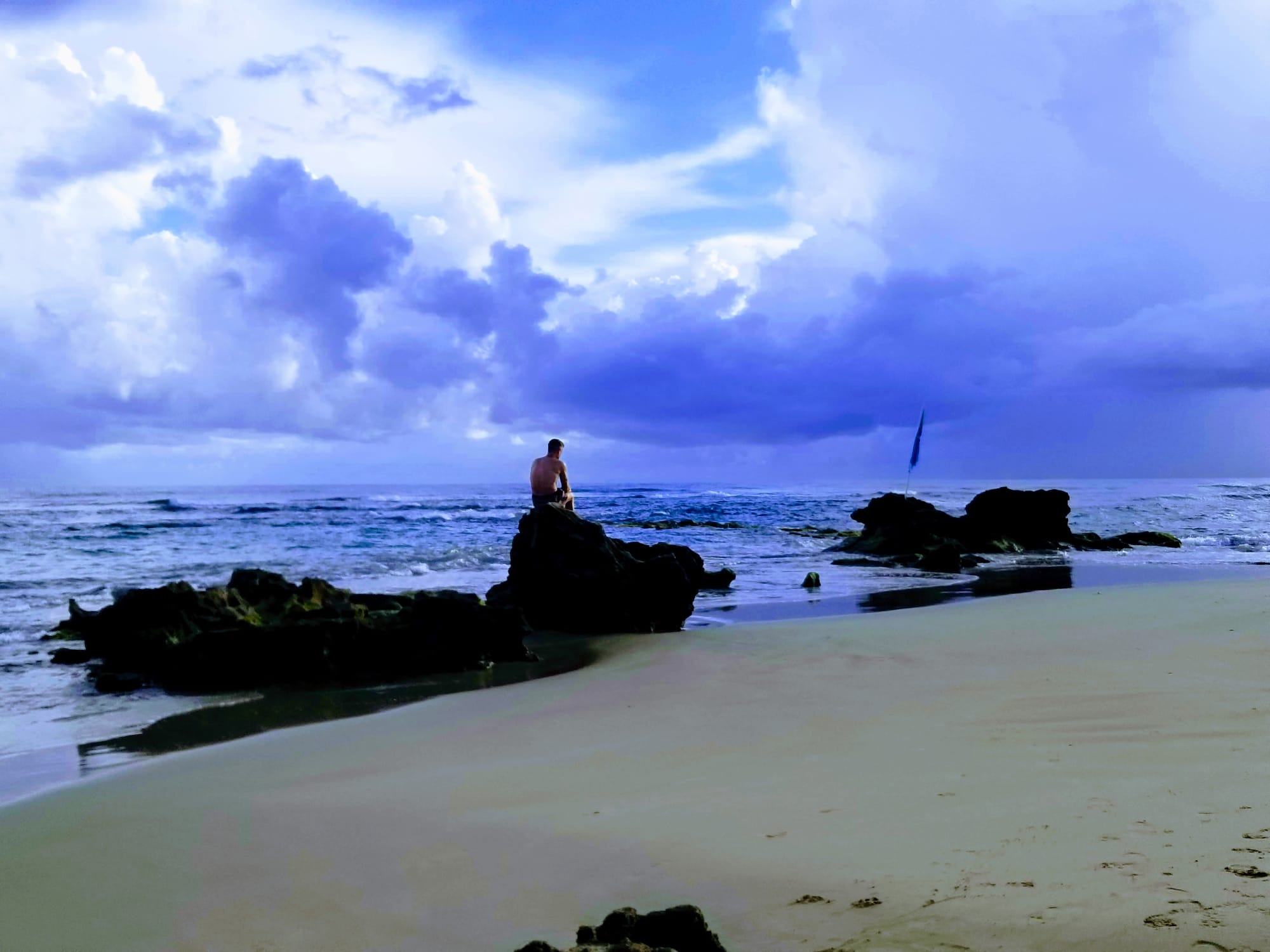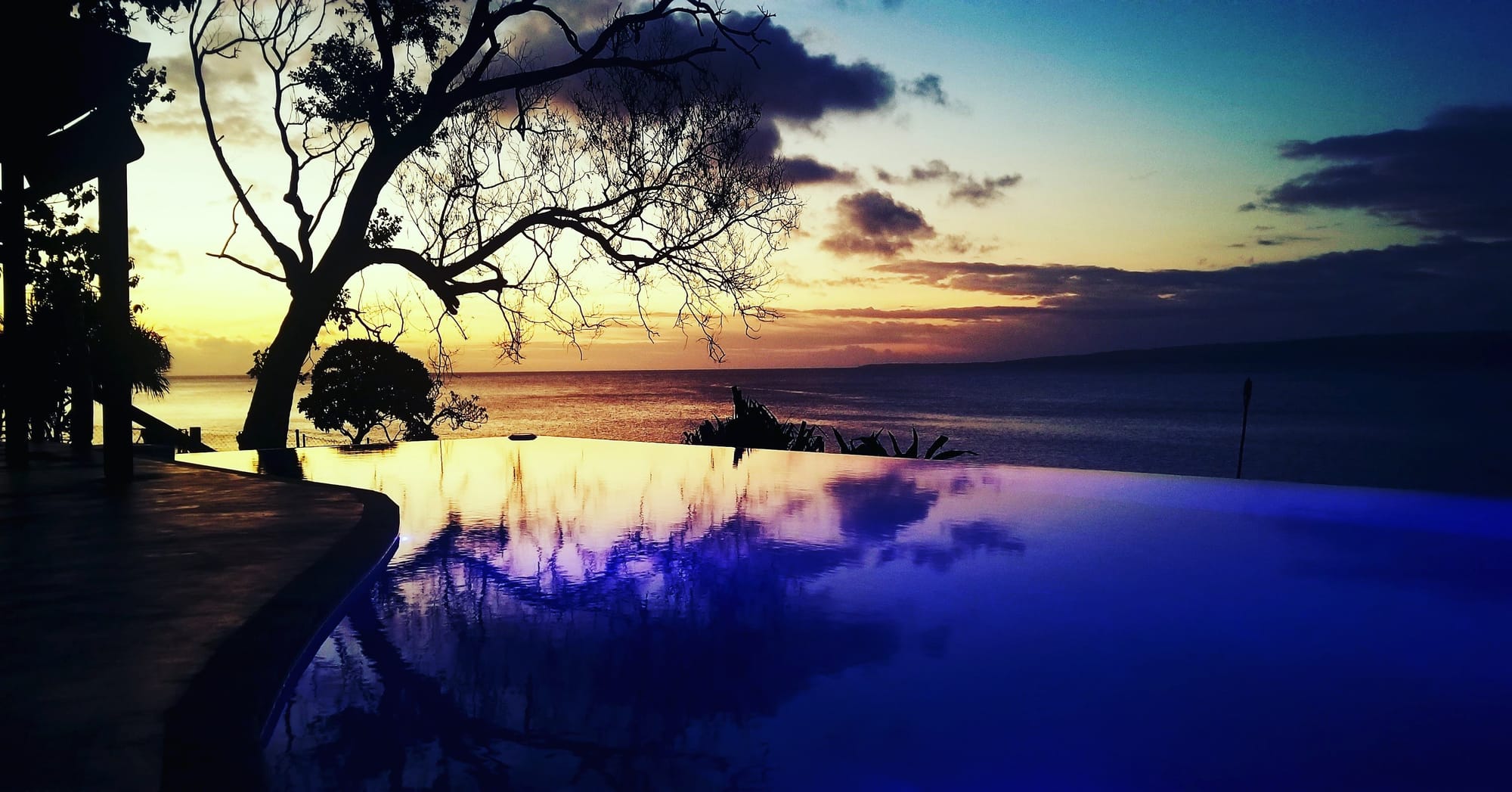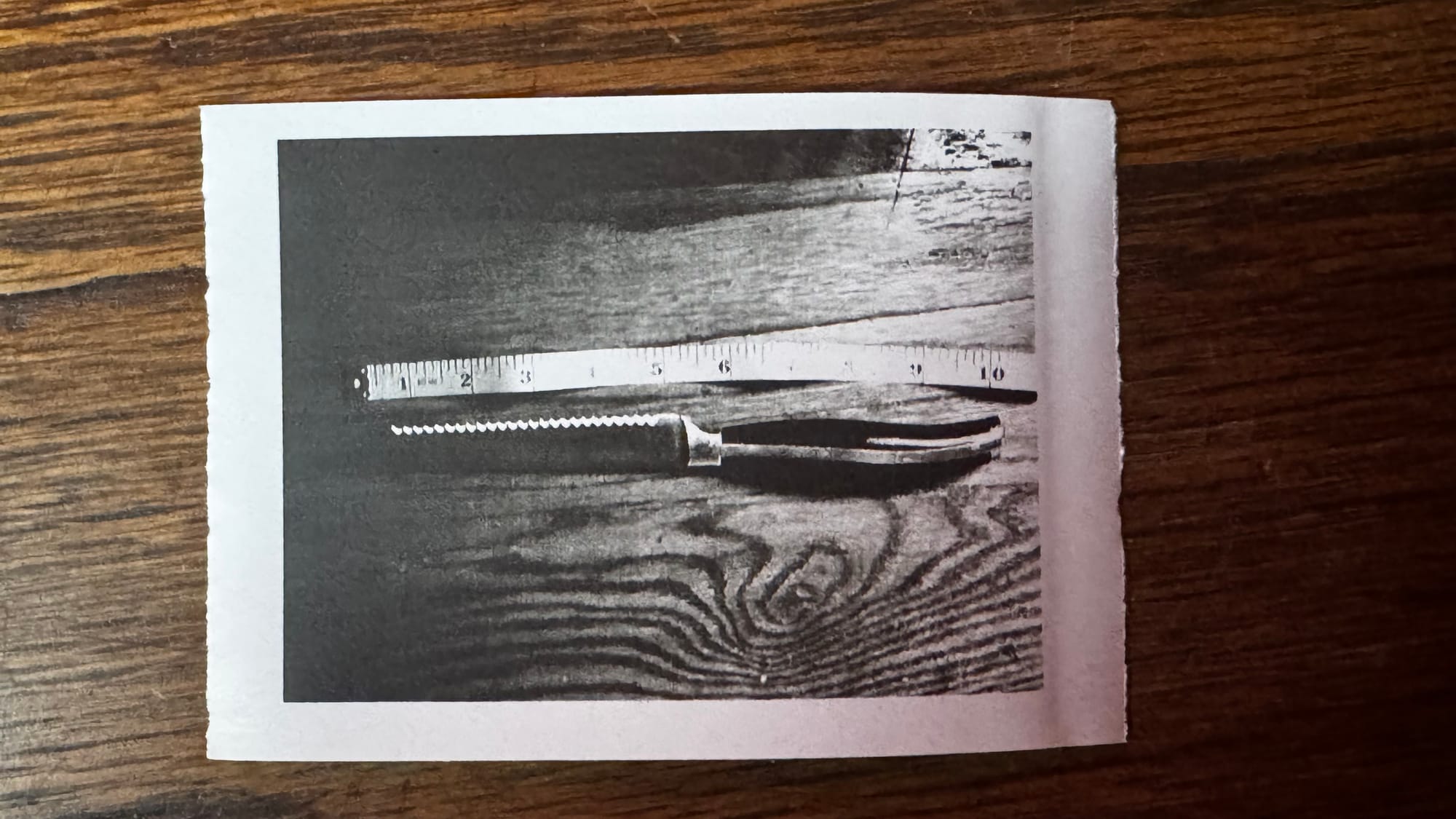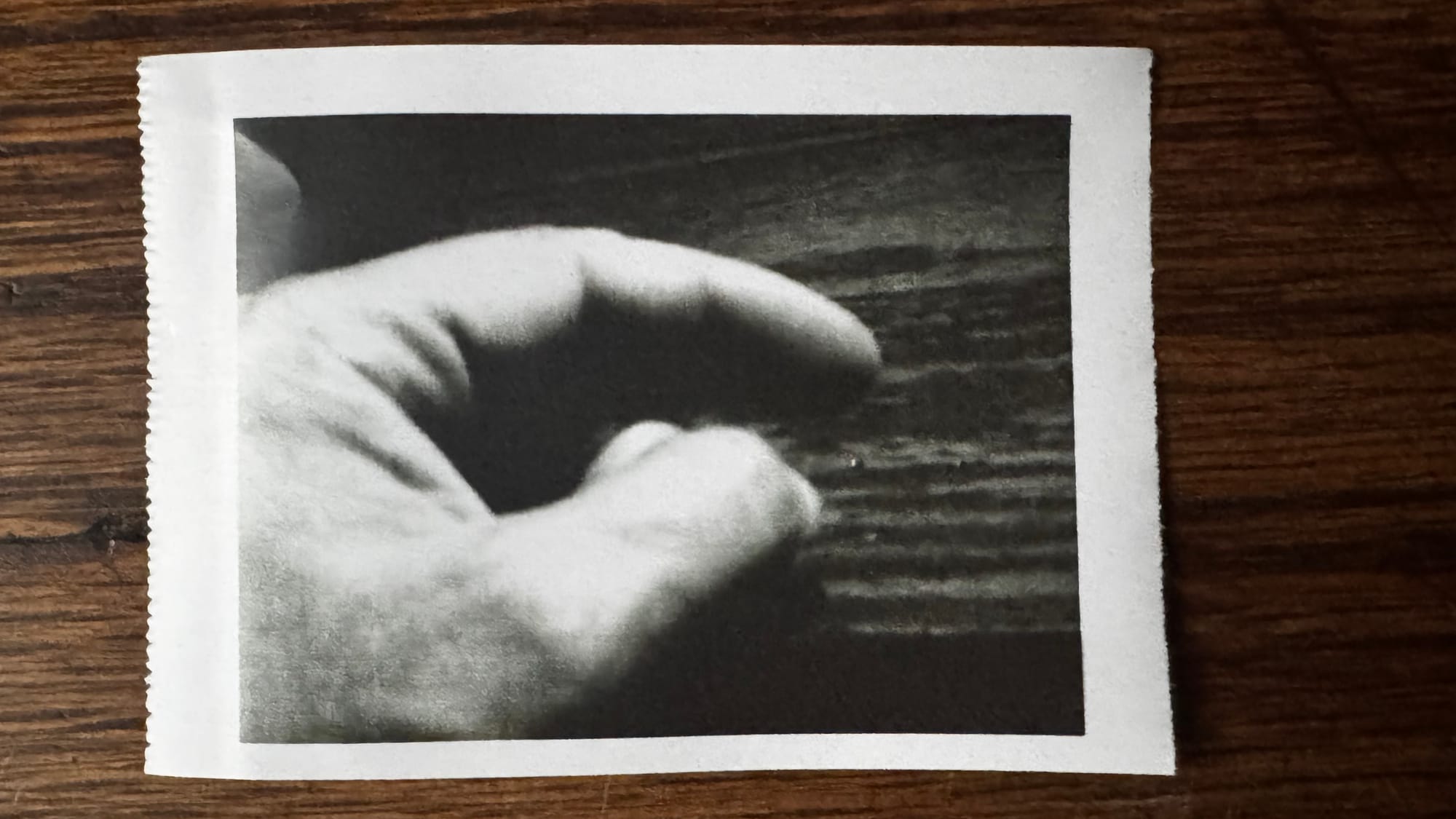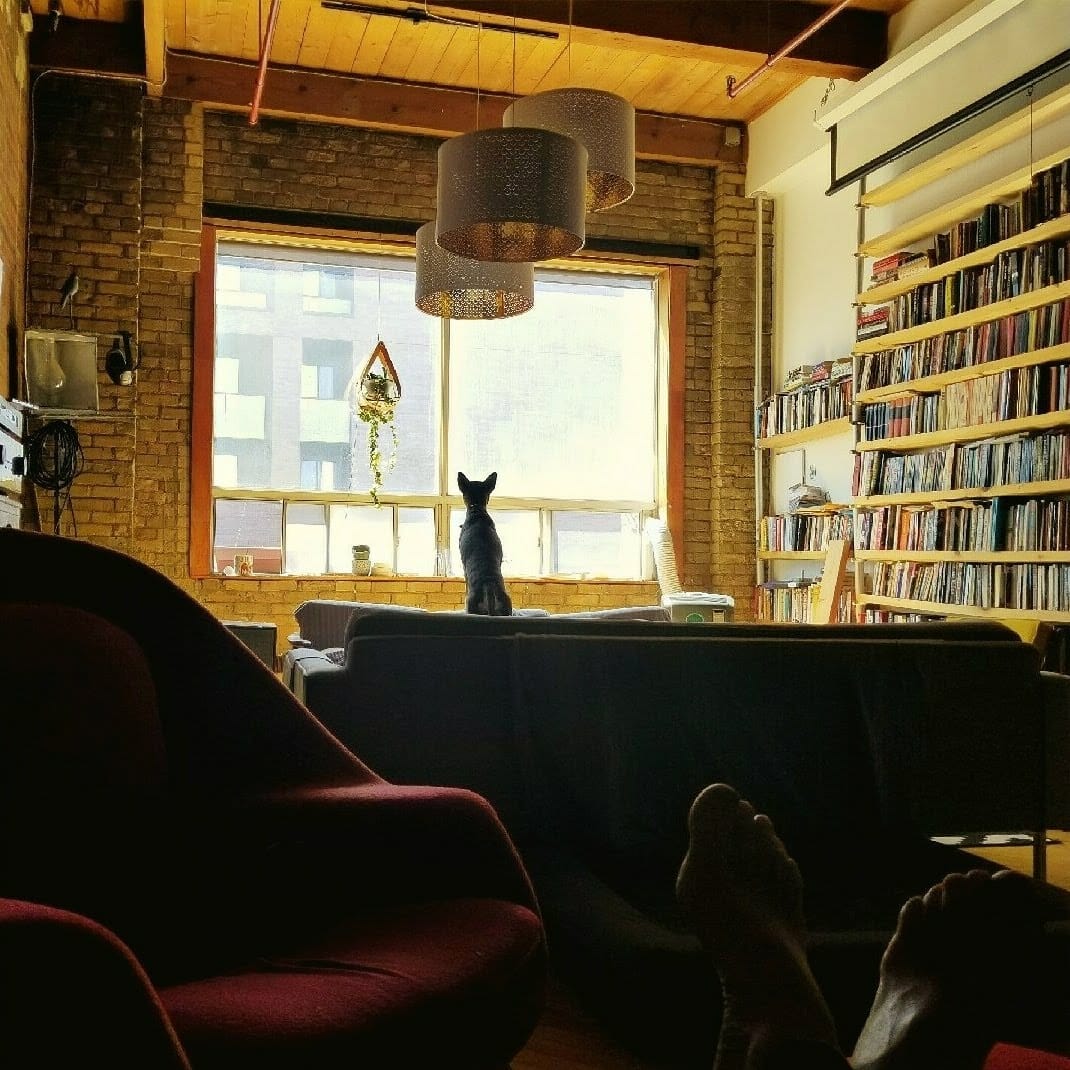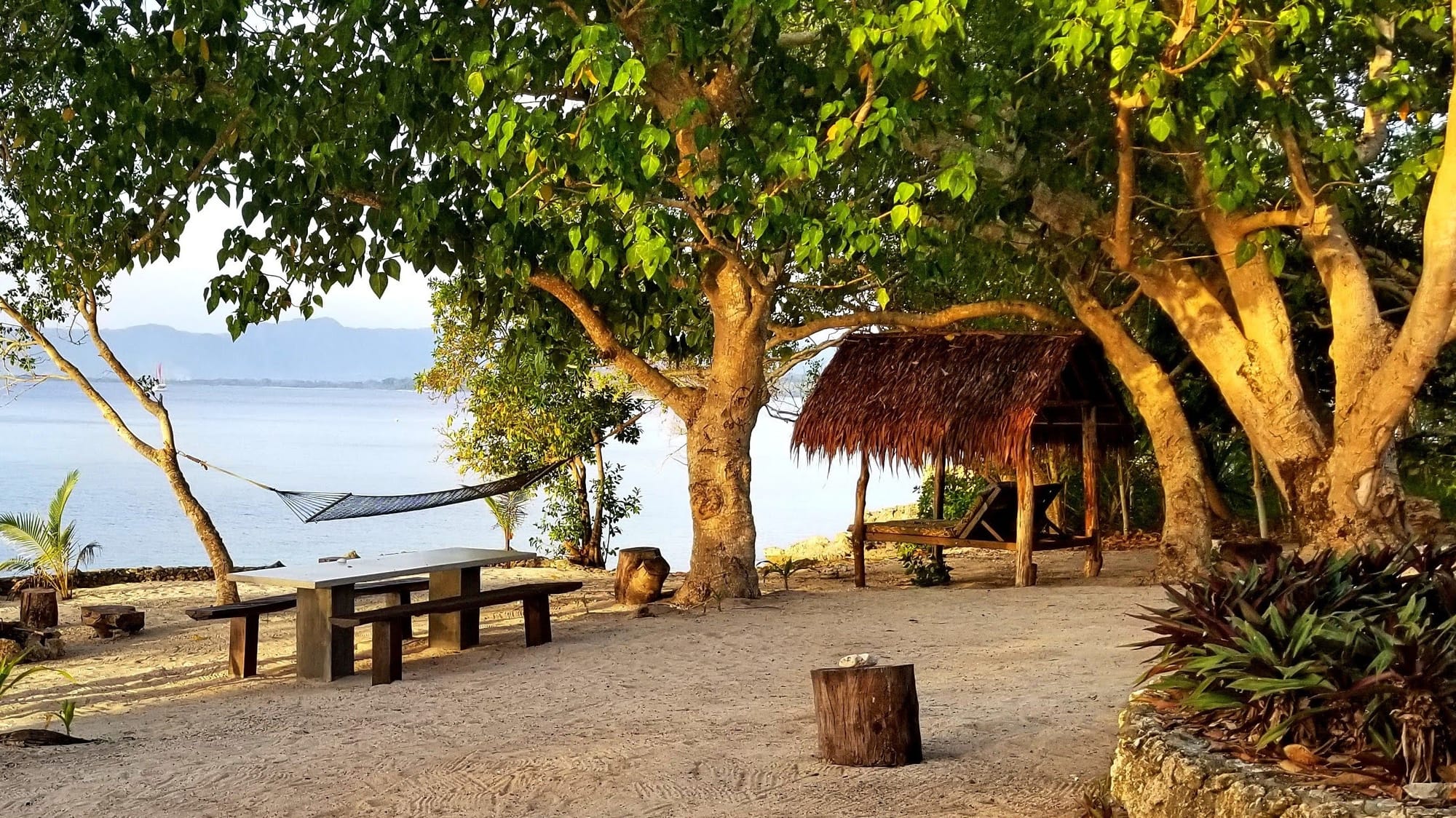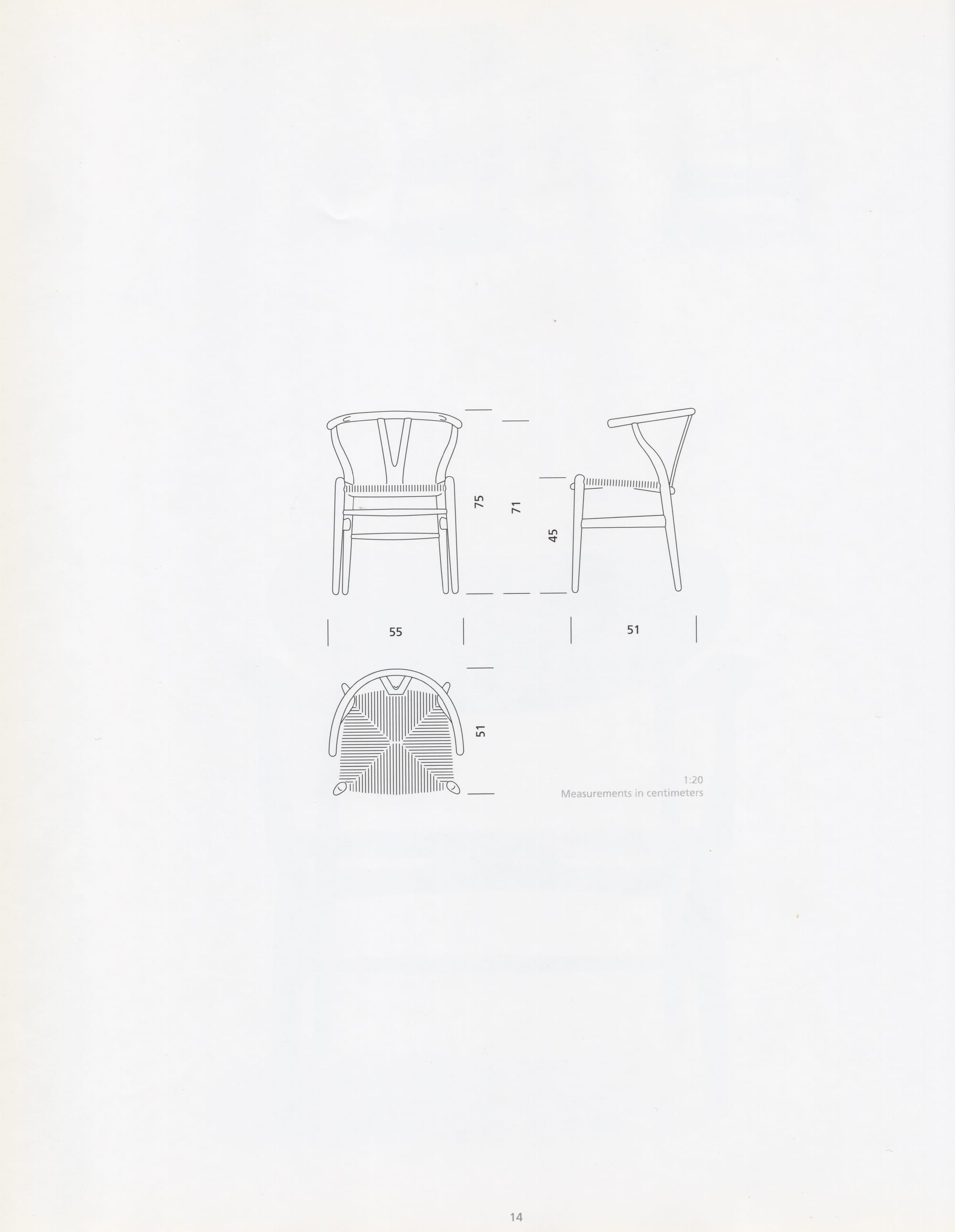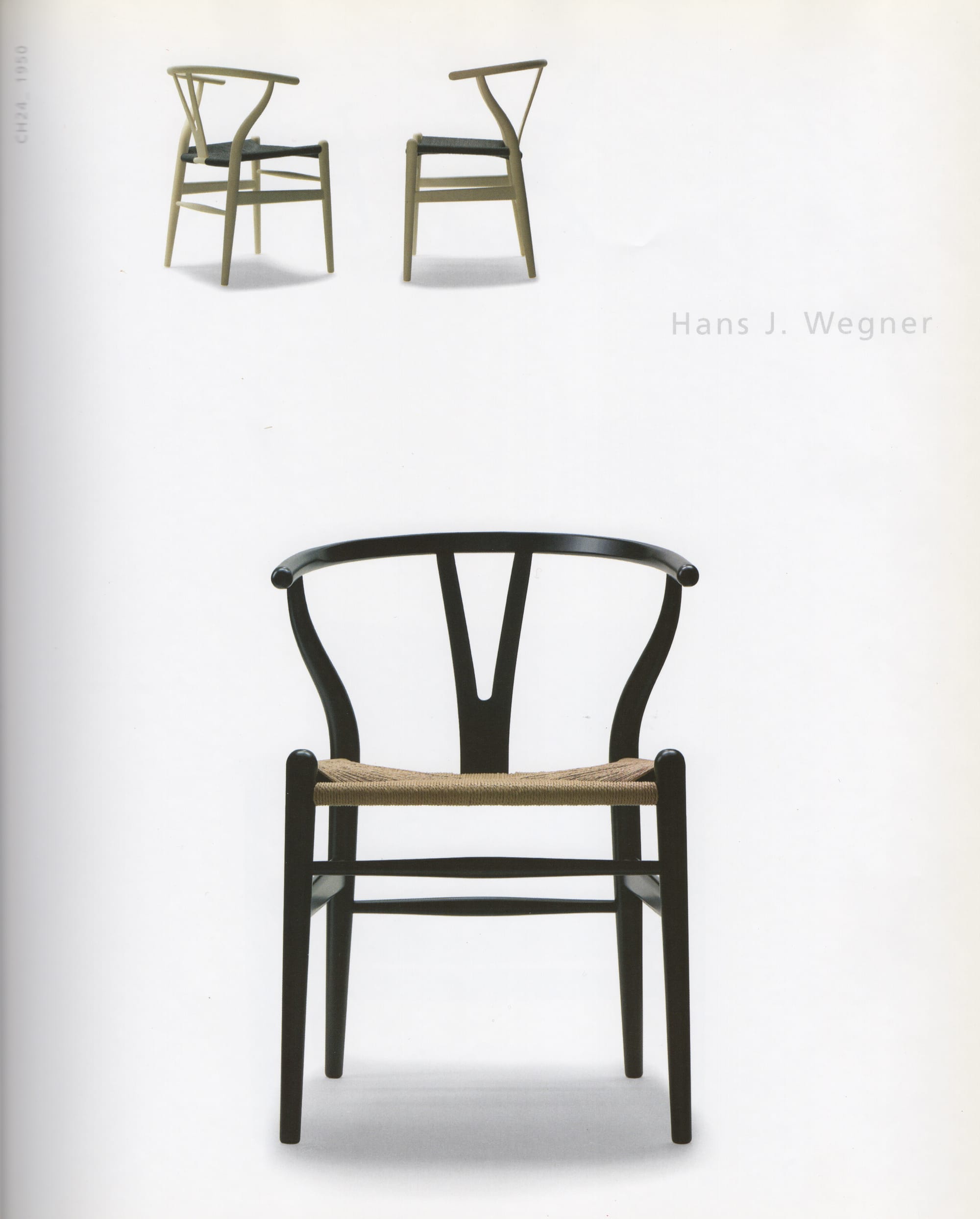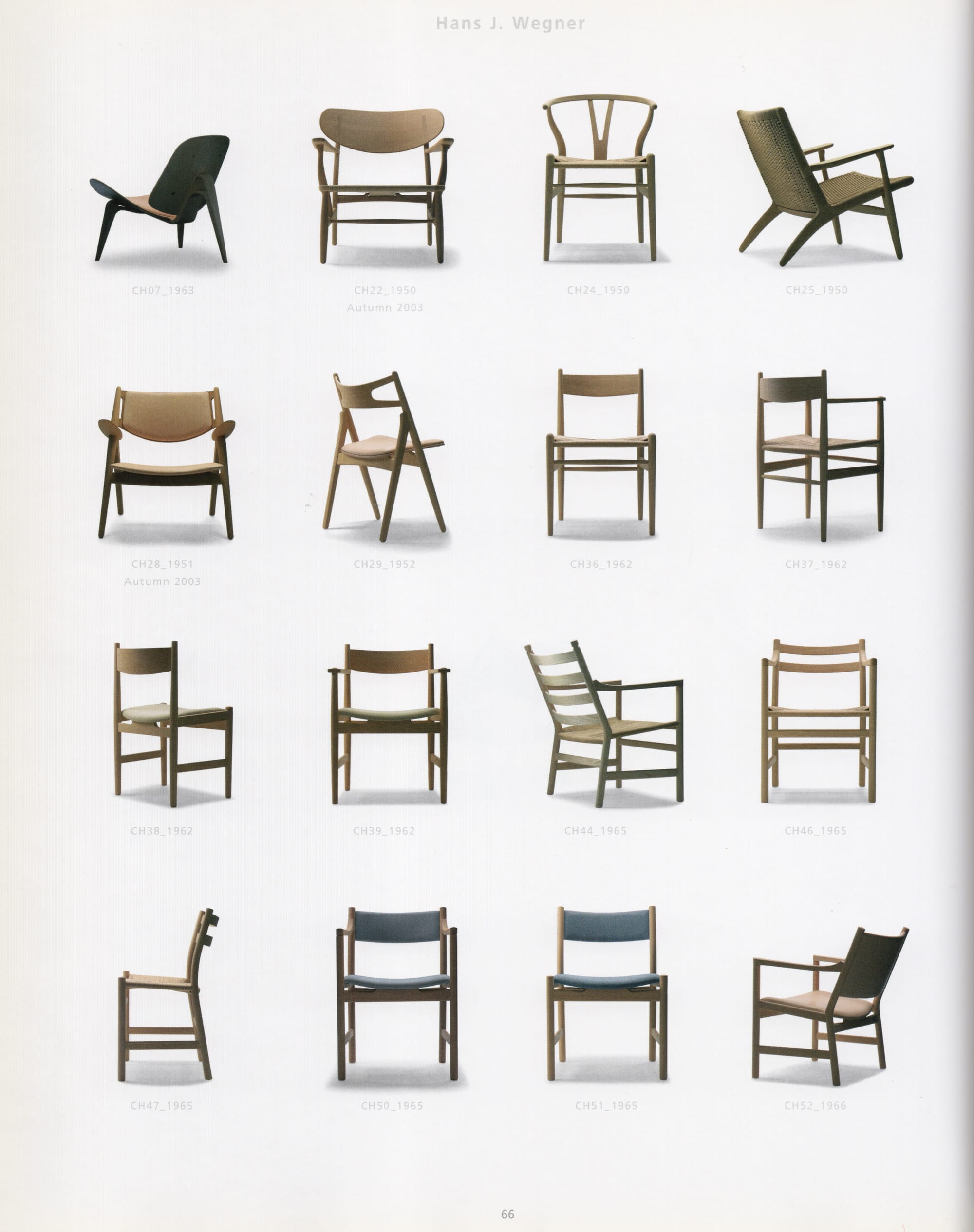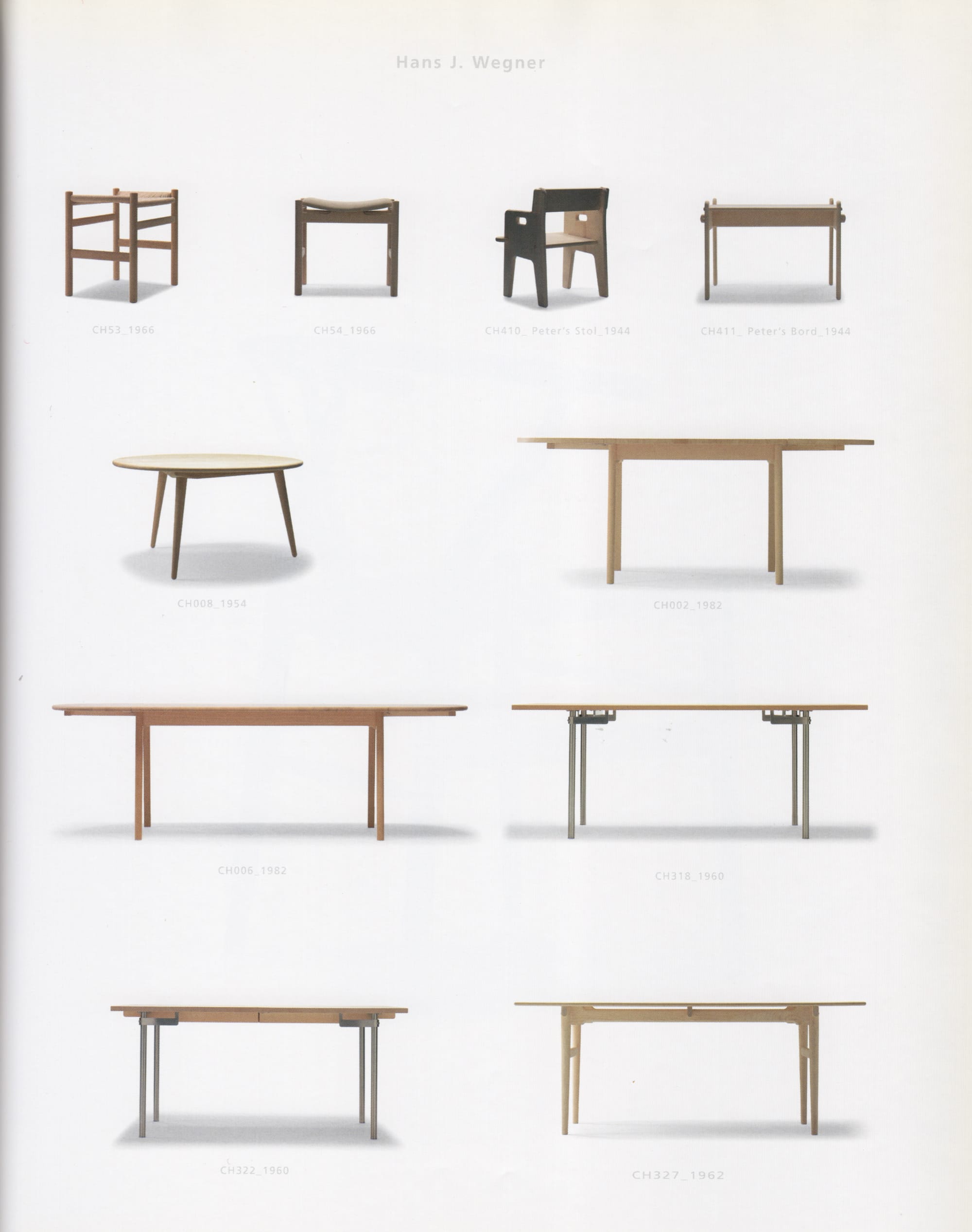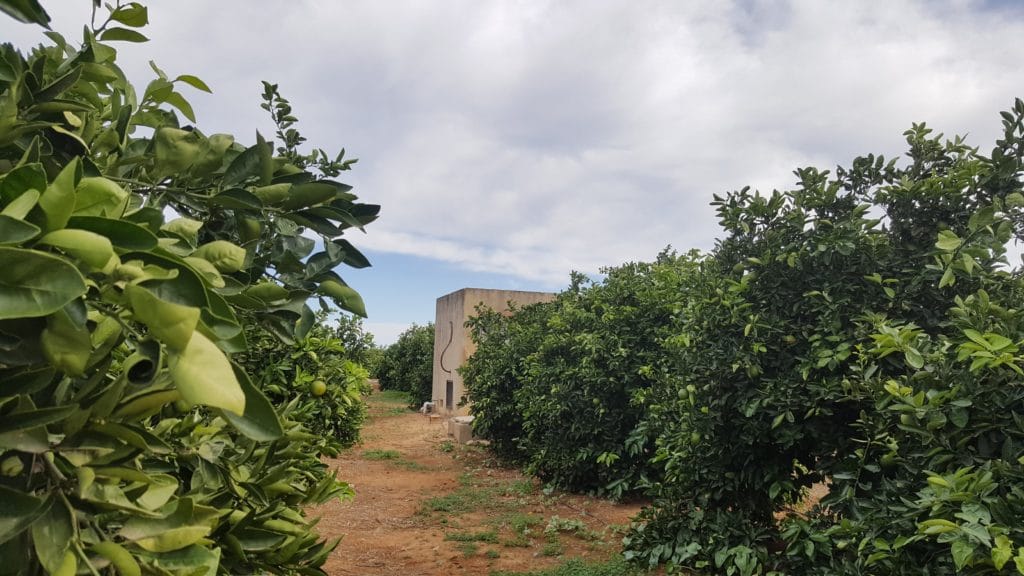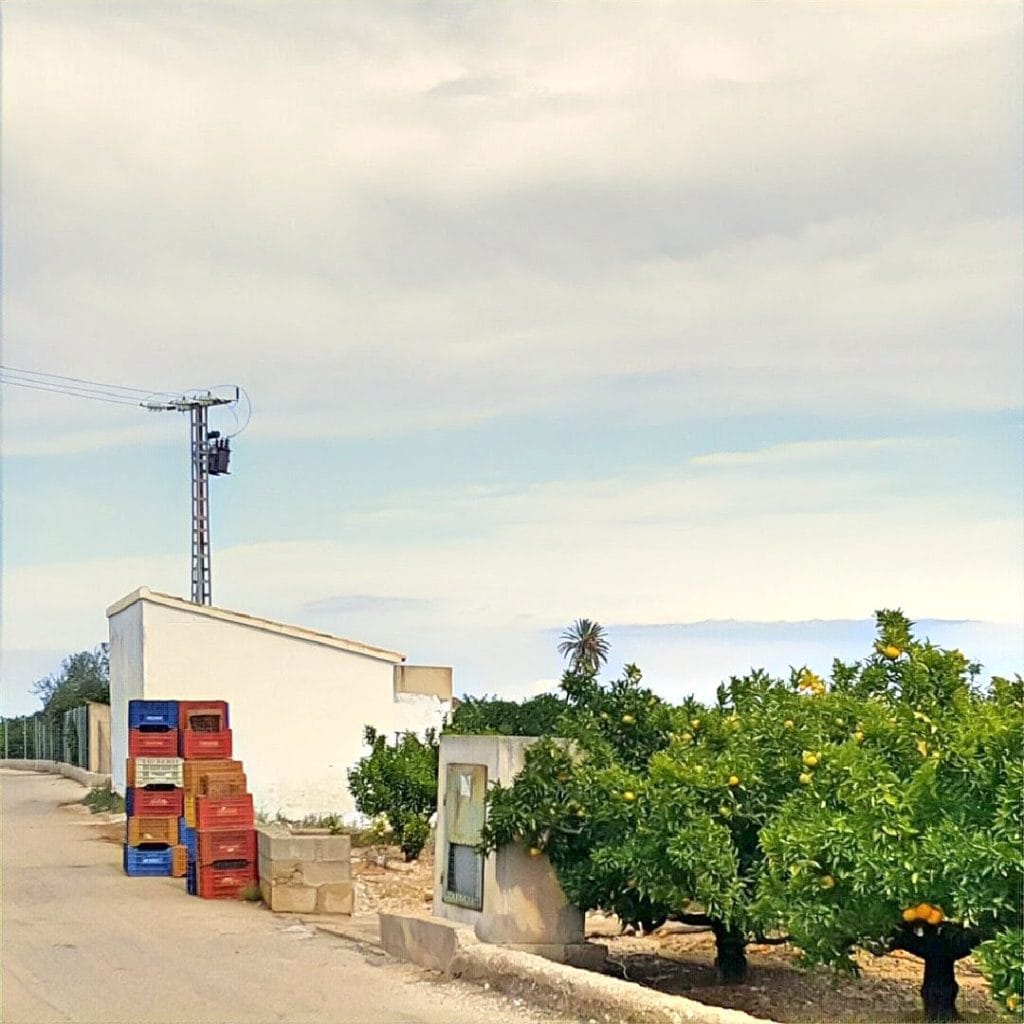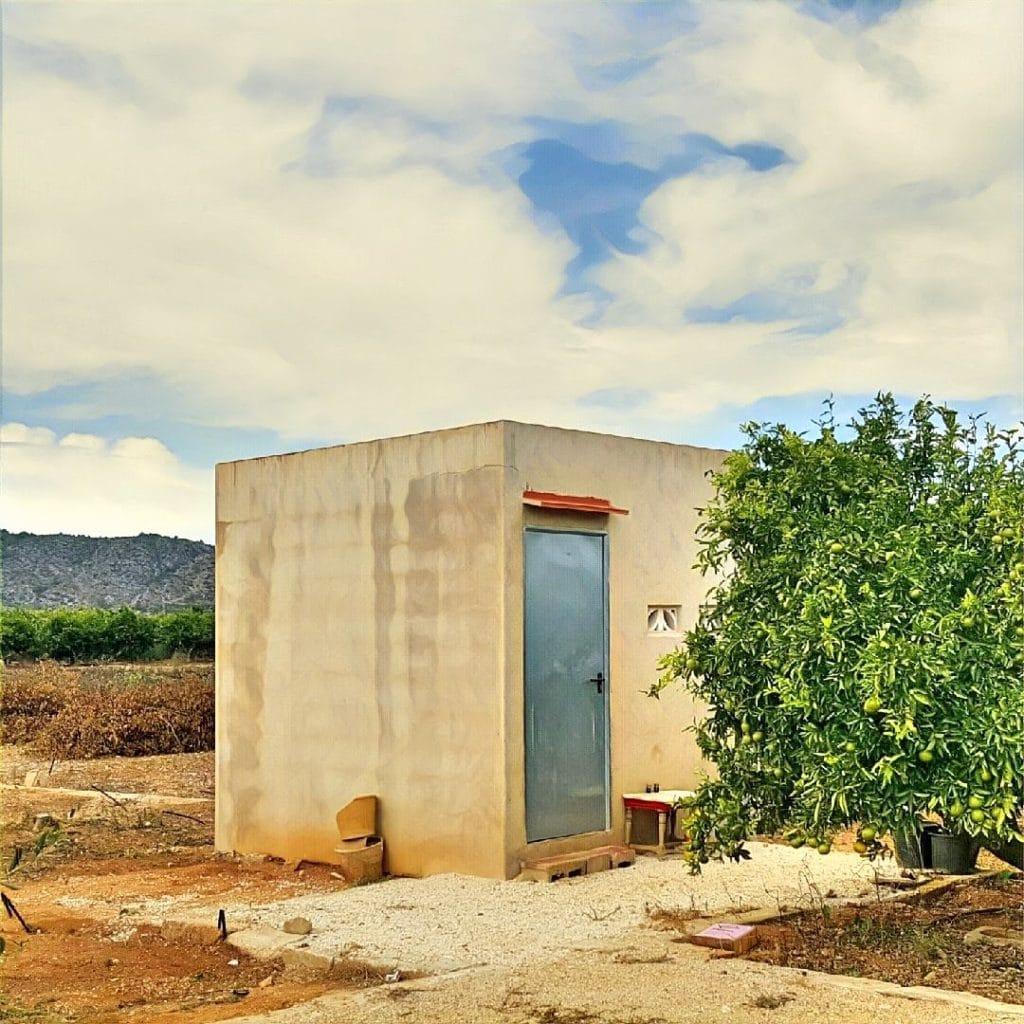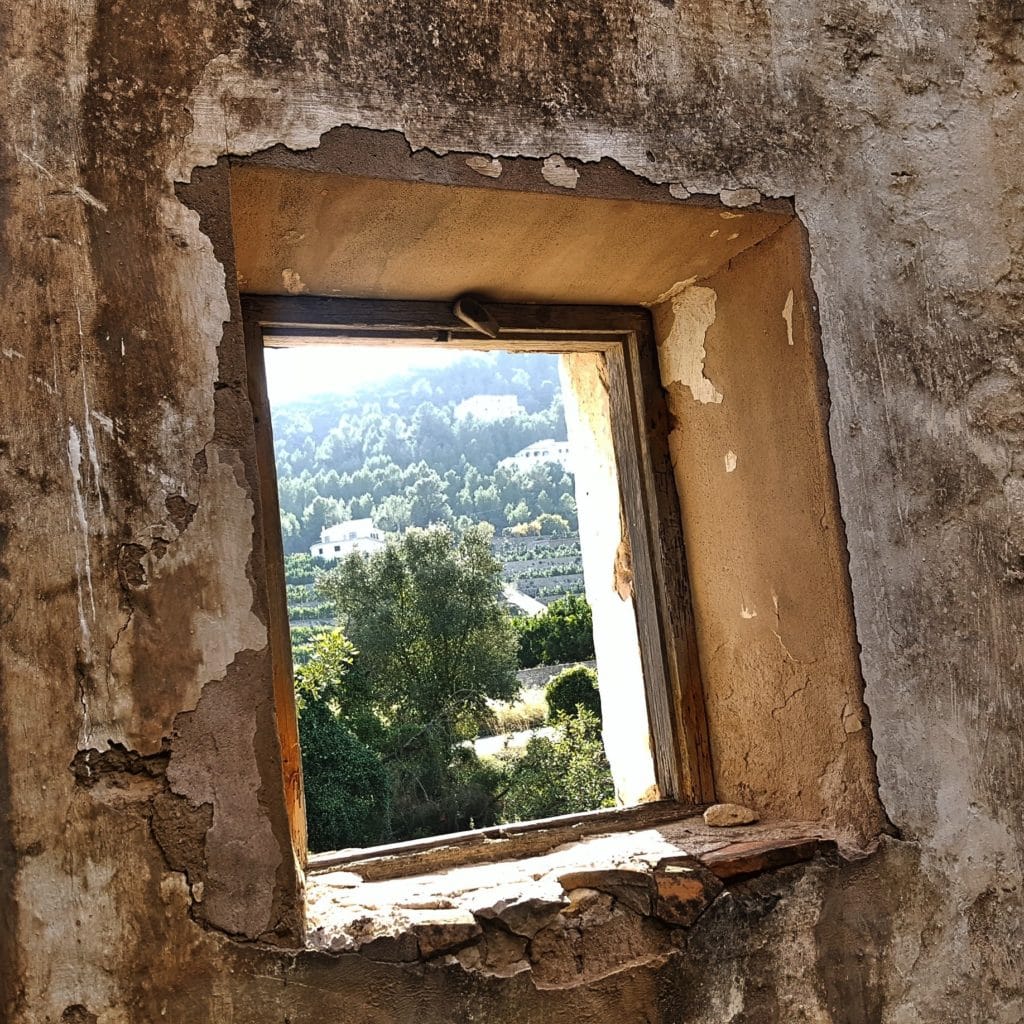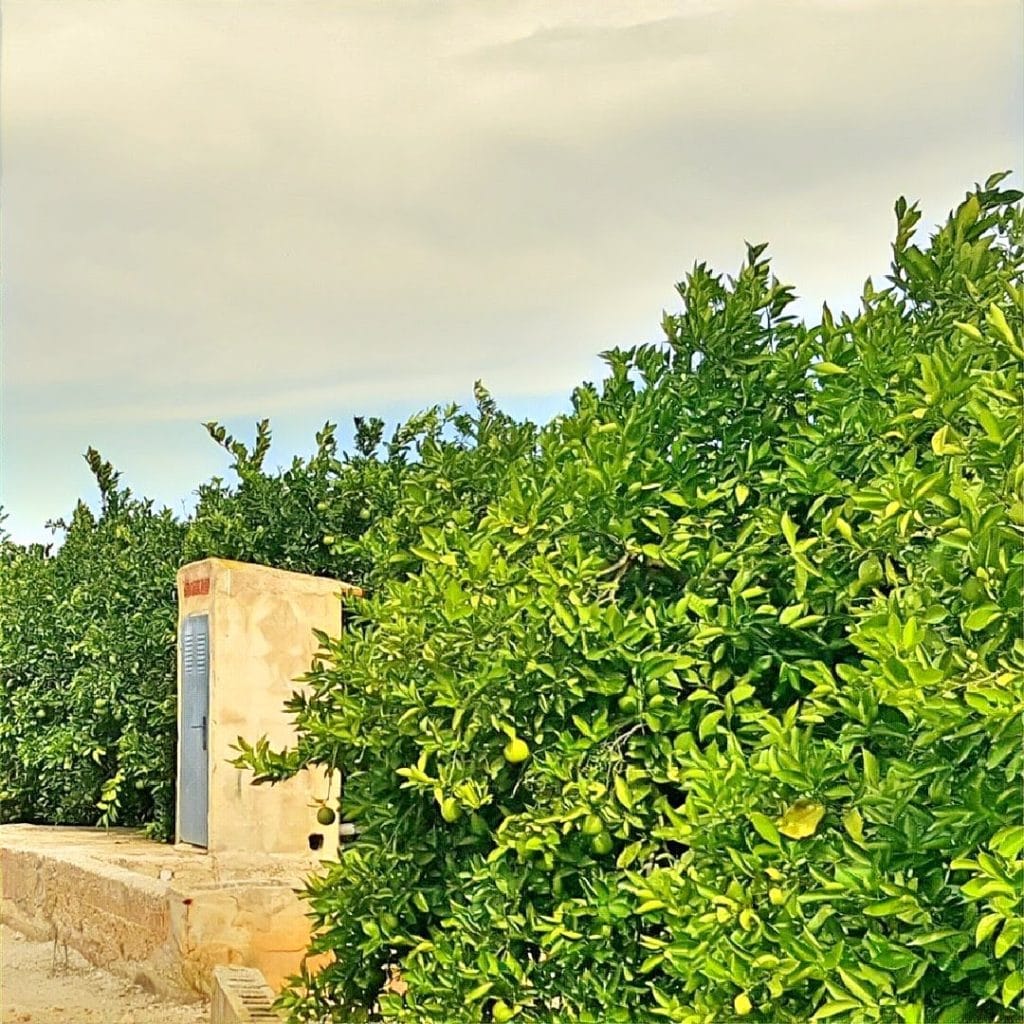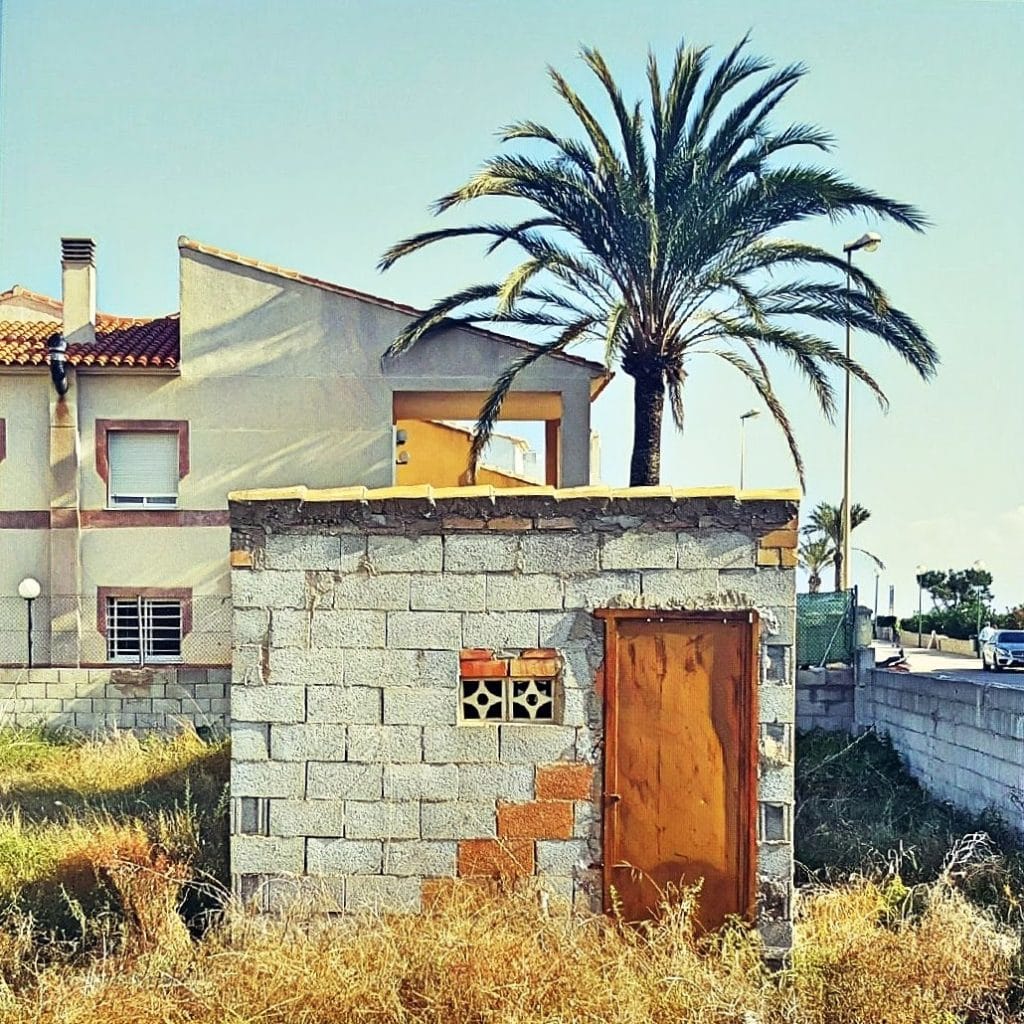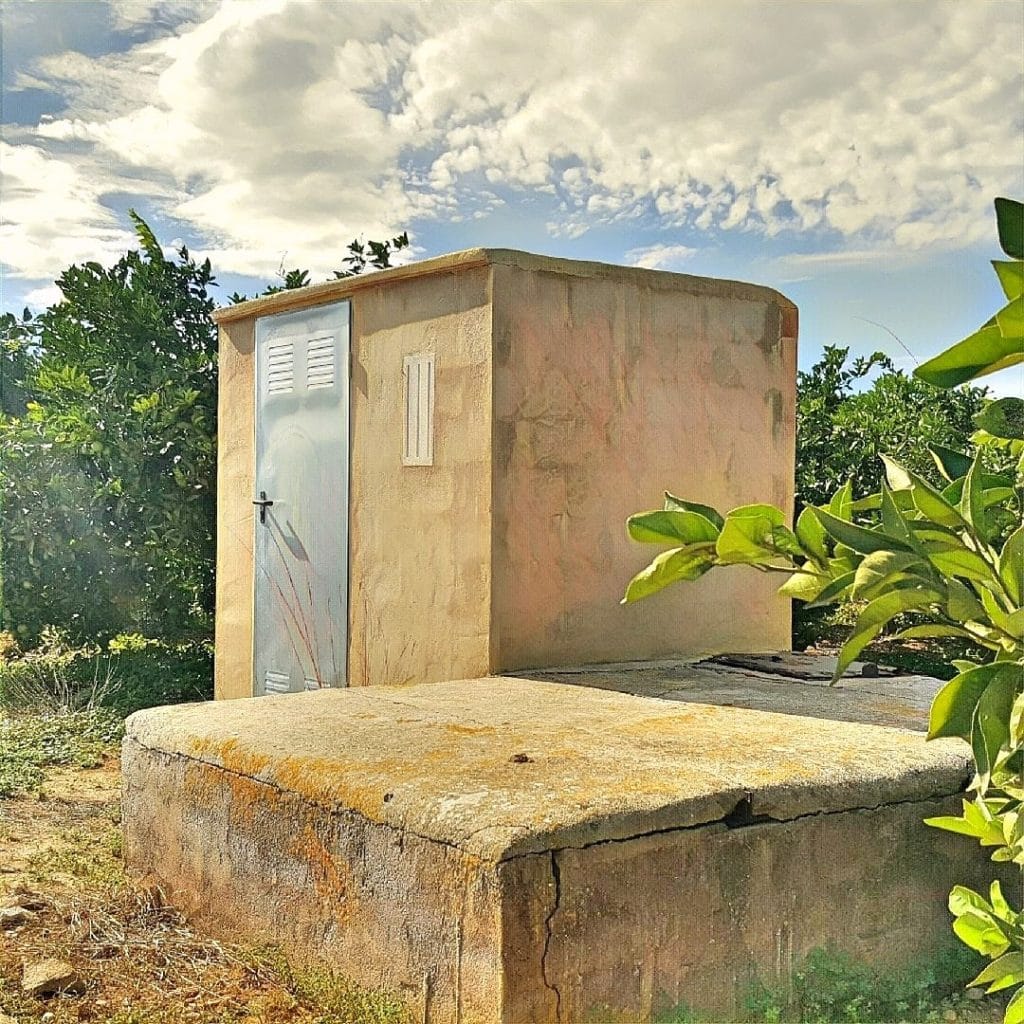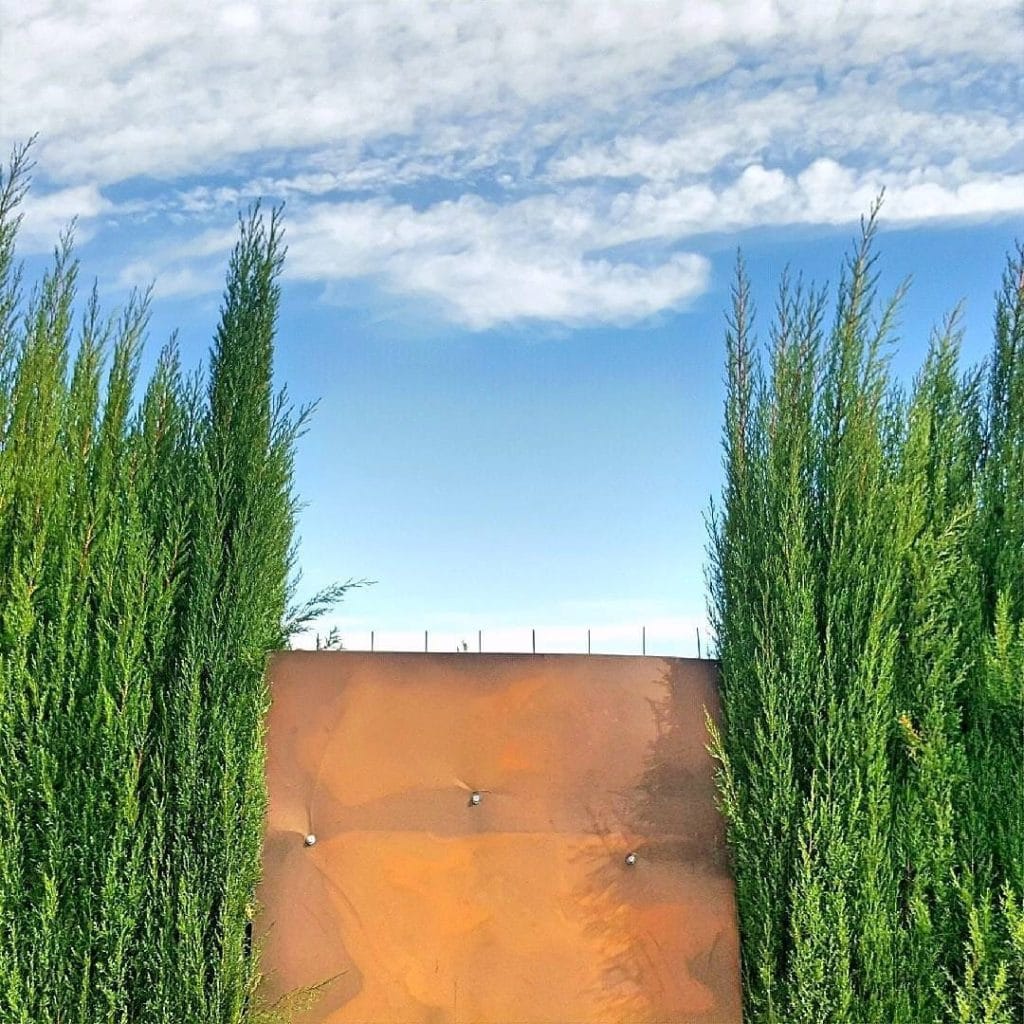I prefer to experience Canadian winters from afar. Though I did that successfully for many years, it hasn't happened since Covid. Now, with an aging dog I don't want to be apart from, I'm looking at spending another winter here.
As I did last year, I will run weekly screenings for friends in my loft. The sudden drop in temperature has me thinking about what to project this year and I thought readers of A Tiny Bell may be interested in these works as well.
Here's some what I'm considering:
Self-Portrait As A Coffee Pot
d. William Kentridge
Streaming on Mubi
This is a 9-part series about art and its creating. Kentridge is a South African artists and made these ~30 minute episodes during Covid. Here's the official description, the trailer, and an overview:
Inspired in part by Charlie Chaplin, Dziga Vertov and the innovative wit of early cinema, pioneering South African artist William Kentridge offers a cinematic experience of the creative process during the plague years of COVID. Interconnected yet distinct episodes introduce us to William and his collaborators in action, inviting us to step inside the intimacy of the studio as shared discoveries about culture, history and politics, and profound truths about the ways we live and think today are uncovered through the making of works of art.
Le Trou
d. Jacques Becker, based on the novel by José Giovanni
Streaming on The Criterion Channel
Le Trou is my favorite prison film. I think it's astonishingly good and can't believe Hollywood has never remade it. So, so tense.
A Separation
d. w. Asghar Farhadi
Streaming on Hoopla, but I own the blu-ray.
Farhadi has had some controversy the past few years and I don't side with him on it, but this is an all-time favorite of mine and an exceptional way to introduce people to Iranian cinema.
Network
d. Sidney Lumet, w. Paddy Chayefski
Streaming on Apple TV+
I used to assume most everyone has seen these 70s classic films but last year I screened Dog Day Afternoon and no one who attended had even heard of it before. So, this year it'll be Network. All the acting is incredible — Beatrice Straight's ~5-minute performance earned her an Oscar — and the script is impeccable. There are few films as prophetic as Network. See if it you haven't. It has never been more relevant.
The Graduate
d. Mike Nichols, w. Buck Henry from a novel by Charles Webb
Streaming on The Criterion Channel
Another film that I assume most people have seen. However, the people I asked last year seem to only vaguely recall watching it as kids. I think many people dismiss it as a bawdy comedy, but it's a meticulously constructed film. The performances are great, and the direction, camera work, and editing are top-notch. Howard Suber, a film prof at USC, did an audio commentary for the laserdisc years ago. I learned more about storytelling from listening to that then I did in four years of film school.
About Dry Grasses
d. Nuri Bilge Ceylan w. Akin Aksu, Ebru Ceylan, Nuri Bilge Ceylan
On the fence on this one for two reasons: I have not yet seen it, which means I'd have to watch it twice as I only screen films I've seen, and it's 3 hours and 17 minutes. Certainly looks interesting, however, and the reviews were excellent.
Capernaum
d. Nadine Labaki w. Nadine Labaki, Jihad Hojeily, Michelle Keserwany
Stream it for free on Hoopla
A critic in the trailer says, "Prepare to be blown away." That is certainly my experience with this film. I've seen it twice and it's remarkable. The child playing the lead, who was not an actor, but an illiterate Syrian refugee, is mind-bogglingly great. He's now a teenager and thanks to the film was able to relocate to Norway where he attended school for the first time in his life.
Join or Die
d. Pete Davis and Rebecca Davis
Stream on Netflix
Recent documentary on Robert Putnam, definer of Social Capital, and author of Bowling Alone, which I, along with everyone else, read in the 2000s.
The Boy and the Heron
d. Hayao Miyazaki
Stream it on Netflix
I once had a promising relationship go sour after the woman noticed my utter boredom while watching her favorite film, My Neighbor Totoro. I've pretty much hated Miyazaki films ever since. However, I really like herons and art that explores grief, so gonna give this one a shot.
I'll make new posts in the future listing the screenings so that people can follow along if they wish.
